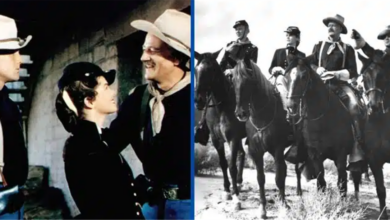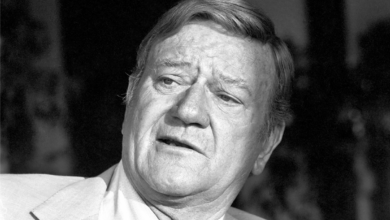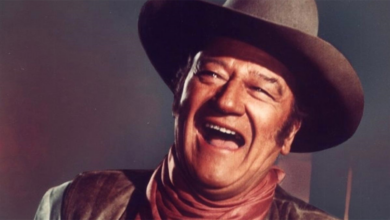When John Wayne Became a Real-Life Hero: Saving His Young Co-Star from John Ford’s Fury on Fort Apache
Incredible Anecdote: John Wayne's Brave Intervention to Protect His Young Co-Star from John Ford During Fort Apache Filming
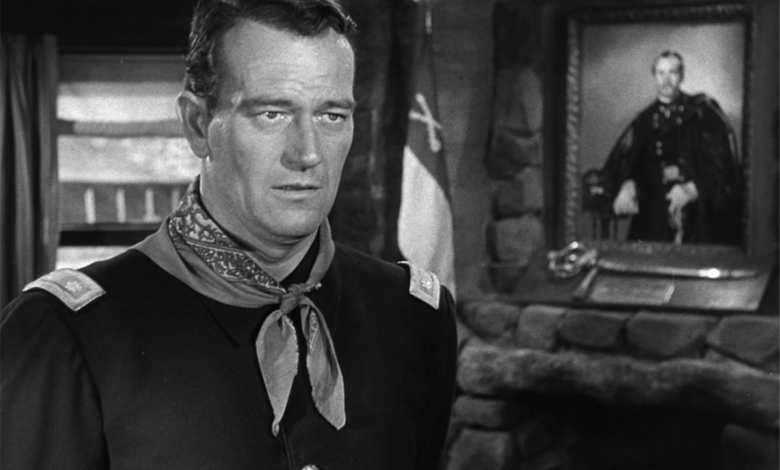
John Agar never asked to be a movie star, but when the question is put to you by David O. Selznick, you say yes every damn time.
Born in Chicago and raised in Los Angeles, Agar was a physical training instructor for the U.S. Army Air Corps when, in 1945, he found himself at a glitzy party rubbing shoulders with Hollywood’s heaviest hitters, as Shirley Temple’s date. Selznick, the legendary producer whose dogged determination brought Margaret Mitchell’s “Gone with the Wind” to the big screen, was struck by the handsome, twentysomething, 6’1″ man on the arm of filmdom’s most famous child star, and the filmmaker offered him a five-year contract at $150 a week — that’s twice what the Army was paying him. Though he’d never performed before, he signed on and began taking acting lessons.
Three years later, Agar got a chance to prove himself as Second Lieutenant Mickey O’Rourke in John Ford’s cavalry Western “Fort Apache.” The untested young actor received fourth billing under John Wayne, Henry Fonda and, a bit of an eyebrow-raiser, Temple. As big-screen debuts go, this was a recipe for both failure and ridicule. Did he earn this part, or was he cast at the urging of Selznick and Temple?
All that mattered for Agar was that he’d been asked to hold his own with two of Hollywood’s biggest Western stars in a John Ford picture. Unsurprisingly, the ornery director put the young amateur through the ringer, almost driving him from the set and his marriage.
John Agar’s trial by movie star fire

According to Maurice Zolotow’s biography “John Wayne: Shooting Star,” Ford got after Agar for every lacking aspect of his performance: his line readings, his flubbing of dialogue, and his struggles with horseback riding. Agar, feeling singled out and overmatched by his veteran costars, finally had enough, and stormed back to his room to pack his clothes and walk away from everything, including his wife. He was just about out the door when Wayne appeared.
Wayne was no stranger to Ford’s mind games and insults. He’d endured a decade of this before the director at last gave him his shot at a lead role (in “Stagecoach”). Per Zolotow, the Duke had taken a shine to Agar, and assured his co-star that this was par for the course with Ford:
“Now hold on just a minute there,” Wayne drawled, as if he were in character. “Mr. Ford insulin’ you don’t mean he doesn’t admire you. He likes you or he wouldn’t insult you. Let me tell you what he did when I worked for him in ‘Mother Machree’ and ‘Stagecoach’ and a few other times, Johnny.”
Agar calmed down and resolved to stick it out. His reward was a long career in movies. Long, but not entirely happy.
John Agar was a creature feature superstar
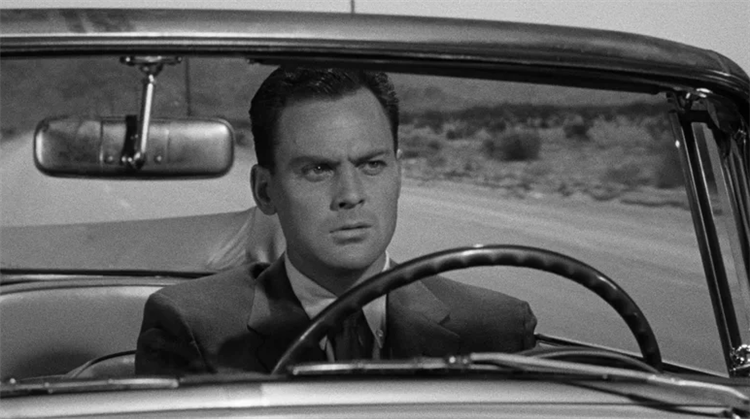
Agar was an alcoholic prone to womanizing and drunk driving. Temple divorced him in 1950 on the grounds of mental cruelty, at which point he segued from A pictures to B movies like “The Rocket Man,” “The Mole People,” “The Daughter of Dr. Jekyll” and “The Brain from Planet Arous.” Some of these films were pretty spiffy on their own terms (especially Jack Arnold’s “Tarantula!” and Virgil W. Vogel’s “The Mole People”), but Agar would never become the star Selznick envisioned.
Despite his struggles, Wayne threw Agar some much needed work in ’70s Westerns like “Chisum” and “Big Jake.” Late in his career, he shined as Mare Winningham’s father in Steve De Jarnatt’s masterful thriller “Miracle Mile.” Agar was never up for an Academy Award, nor was he beloved by film critics of his era, but for those of us who grew up watching creature features on Saturday afternoon television, he was a welcome presence. He always looked the part, and we were thrilled whenever he showed up.

